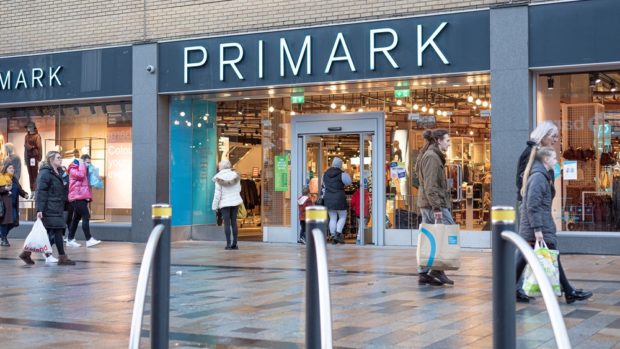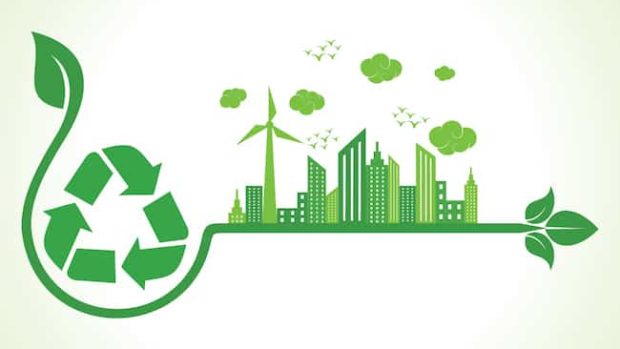The Covid-19 pandemic has significantly impacted the UK economy – and no sector more-so than retail. The high street has been left near-empty for most of the year, while online retailers and marketplaces have continued to grow as they’ve been able to keep stock available and continue trading. More importantly, consumer shopping behaviour has changed so that shoppers are becoming increasingly accustomed to online channels.
As the sector looks to 2021, retailers will hope that the rolling out of a vaccine, as well as a wider return to a pre-pandemic normality, will spur an uptick in spending. And there will be positives to take from the year that’s gone too. Some retailers have responded well to the socially distanced challenges and have rapidly adapted their offerings to better suit a more flexible way of life. With the changing consumer behaviours set to continue in the coming months, and retailers keen to buckle down on offerings that have supported them through unprecedented circumstances, 2021 could well be a turning point for retailers – with COVID-19 a catalyst for serious change.
2020 has been a time of distress which is going to continue into the new year. While the Covid-19 pandemic has exposed some clear pain points in the sector, there will be opportunities next year for retailers to heal those wounds.
Investment in online fulfilment has been sky high this year due to changing customer behaviour and the need for more robust delivery infrastructure. Some of this investment has included building up online platforms from scratch, as well as installing technology so that stores can follow Covid-19 regulations. A rollout of the vaccine may well be followed by an uptick in consumer confidence and a rise in spending through pent-up demand, helping retailers balance the books after what has been a turbulent year.
1. 2021 will be a year of distress and opportunity
It has been a tough year for retailers and the difficulties felt will no doubt continue in 2021. Challenges have been felt particularly acutely in fashion, hospitality and department stores – with Arcadia’s collapse the latest example. These retailers will find little comfort at the start of 2021, as older consumers continue to feel nervous about shopping in physical stores or eating in restaurants.
However, there will be opportunities for those who have managed to ride through the worst of the storm. The rollout of the vaccine and relaxation of public health controls will spark customer demand as shoppers look to refresh their wardrobes. For them, now is the time to build upon those successes and finely hone online infrastructures to appeal to even more consumers in the new year.
For businesses that have been growing, there is a market opportunity to acquire both customers and brands that have fallen by the wayside. Growing retailers will see a benefit in acquiring the infrastructure and reputation of previously popular brands as things begin to return to normal. With the hope of a rise in consumer confidence, retailers that acquire cheap now may reap the long-term rewards.
2. Home delivery is here to stay
With shoppers encouraged to stay at home and general anxieties about returning to stores, online shopping has boomed in 2020.
While a return to relative normality will see a resurgence of the high street, online shopping is here to stay. And, more broadly, retailers are now prepared to deal with higher demand for their online channels.
The grocery sector has adapted especially well. Supermarkets had to quickly deal with a higher demand for online shopping while Amazon bolstered its Fresh offering during the height of the pandemic, creating additional competition. But it’s worth bearing in mind that an online-first model is a more costly channel to fulfill customer needs and eats into overall profit. in the long-run; it’s much cheaper to have customers do their shopping in-store – and is often how they prefer it.
Next year, retailers will look at ways to make fulfilment of home delivery even more cost-effective. Quantum-inspired technology will be explored to find new ways to drive efficiency and the introduction of new fulfilment models, for instance. Moreover, retailers will look at new ways they can move customers away from home deliveries through a more cost-effective price solution, such as collection points.
Finally, a priority should be the reallocation of resources. In automating the shop floor, store employees could focus on delivering online services, helping to reduce overall cost.
3. There will be an increase in self-service
Self-service is not new for retailers. But stores have spent the past year looking at ways to streamline it, and Covid-19 has accelerated this.
Take hospitality; while some pubs and restaurants were already offering table service through an app, it has now become customary. Now that that infrastructure is in place, it’s likely many outlets will continue to use and develop that technology in the next year.
We’ve seen a similar transformation in grocery. While self-service machines have been around for a while, more stores are looking at reducing the number of tills and increasing store digitisation. For example, Tesco introduced its first ever cashless store earlier this year.
Even in industries, such as fashion, where self-service has been less prevalent, retailers will be looking at effective self-service opportunities.
Expect to see more investment as a whole from retailers into this technology.
4. The economic downturn could trigger a rise in crime
The Covid-19 pandemic has plunged the UK into a recession, with the economy running at 90 per cent for most of the year.
One of the consequences from the last recession was an uptick in crime towards retailers, particularly shoplifting. We have already seen a rise in shoplifting and abuse towards store colleagues this year, which could continue to increase next year.
More store colleagues will be protected using body-worn cameras, that can detect when threats are being made. The use of artificial intelligence (AI) and machine vision can help enable this technology, while also detecting weapons and can also alert staff to suspicious activity happening in-store. We expect to see stores looking to implement more technology to protect retail staff.
5. Supply chains will be extended
As we go into 2021, retailers will begin to extend their supply chains, changing the outlook of stores. For example, supermarkets may invest in more frozen produce to ensure stock has a longer shelf life. Stores may also begin to stock more locally produced supply.
Retailers will also look at supply chain efficiency in relation to last-mile logistics. With online shopping costly, businesses will explore ways to move closer to customers through fulfilment stores. As the store moves closer to the customer, so too does the product.
Retailers will take this approach with caution; moving too close means moving away from the operational efficiencies brought by a large customer base. An investment in localised, automated stores could be viewed as the answer to this cost-efficiency problem.
by David Nicholls, CTO Retail & Hospitality, Fujitsu








Share